Retro Replay Review
Gameplay
Arkanoid takes the classic Breakout formula—controlling a paddle to bounce a ball against a wall of bricks—and elevates it with fresh mechanics and strategic depth. You pilot the Vaus spaceship along the bottom of the screen, using precise left-and-right movements to keep the energy bolt in play. Unlike its predecessor, Arkanoid offers a diverse set of power-ups that fall from destroyed bricks, encouraging you to balance risk and reward as you attempt to snag boosters without losing track of the ball.
(HEY YOU!! We hope you enjoy! We try not to run ads. So basically, this is a very expensive hobby running this site. Please consider joining us for updates, forums, and more. Network w/ us to make some cash or friends while retro gaming, and you can win some free retro games for posting. Okay, carry on 👍)
The inclusion of power-ups like laser cannons, the Catch device, and slow-motion greatly alters the pace of each level. Grabbing the laser lets you shoot and destroy bricks directly, while the Catch ability grants you momentary control over where the bolt will launch next—ideal for targeting stubborn sections of the wall. The slow bolt option eases the challenge for a short time, giving less-experienced players more breathing room. However, going after these power-ups can be perilous, since missing the ball by chasing a bonus can cost you a life.
As you progress through Arkanoid’s stages, the difficulty ramps up with ever more intricate brick patterns and faster bolt speeds. Some levels introduce indestructible “silver” blocks that force you to weave the bolt around them, adding a puzzle-like element to the classic breakout action. The level designs are concise yet creative, each offering a fresh twist that keeps you on your toes and compels repeated playthroughs for mastery.
Graphics
For an arcade title released in the mid-1980s, Arkanoid’s visuals remain charming and distinctive. The game features crisp, vividly colored sprites that pop against a stark black background, ensuring every brick hit and explosion is clearly readable—even in the heat of frantic play. The designers opted for a futuristic aesthetic, with neon-toned blocks that evoke a high-tech barrier you must breach.
Animation is simple but effective: the bolt moves smoothly, and the paddle responds instantly to your input, making misses feel like genuine player errors rather than lag-induced frustrations. When you clear a layer of bricks, the screen flashes briefly, providing satisfying visual feedback. Subtle details—such as the pulsing glow of power-up capsules—help guide your eye toward important objects in the chaos.
While it may lack the pixel-perfect artistry of modern remakes, Arkanoid’s retro style is integral to its identity. The blocky, neon-infused look has become iconic, spawning countless homages over the decades. If you appreciate classic arcade charm and straightforward visual design, Arkanoid stands out as a shining example of how simplicity can foster clarity and immersion.
Story
Arkanoid may not be a narrative-driven epic, but it cleverly reframes the Breakout concept with a sci-fi overlay that provides just enough context to keep you motivated. You pilot the Vaus, a lone spacecraft desperately navigating through a colossal wall of unknown origin—each brick you destroy brings you closer to freedom. The minimal plot encourages you to treat the game as an escape mission, adding urgency to every bounce of the energy bolt.
The mysterious “D.O.S.” (Destroyer of Worlds) that lies beyond the barrier serves as an implied adversary, giving the brick formations a sinister aura. Every completed stage feels like pinpointing a weak spot in the wall’s defenses, reinforcing the feeling that you’re truly breaking through a planetary prison. Though the story is conveyed in only a sentence or two between levels, it’s enough to frame the action and lend thematic coherence to your brick-pounding efforts.
By focusing on tight gameplay loops rather than elaborate cutscenes or dialogue, Arkanoid strikes a balance between arcade immediacy and narrative suggestion. The sparse storyline won’t rival a modern RPG’s complexity, but it provides just enough flavor to keep players invested in each subsequent level, transforming rote brick-breaking into an interstellar rescue operation.
Overall Experience
Arkanoid delivers a thoroughly addictive arcade experience that remains compelling more than three decades after its initial release. Its blend of accessible controls, progressively challenging levels, and stimulating power-up mechanics keeps both casual players and high-score chasers engaged. Whether you’re a newcomer curious about retro gaming or a veteran who remembers lining up quarters at the arcade, Arkanoid’s timeless design continues to resonate.
Replay value is baked into the formula: striving for higher scores, experimenting with power-up strategies, and mastering tricky brick arrangements provide endless motivation. The game’s pacing strikes a satisfying balance between relaxing precision and adrenaline-fueled moments, especially when you’ve stacked multiple power-ups at once. Modern ports retain the core gameplay intact, ensuring smooth performance on today’s devices.
In the landscape of arcade classics, Arkanoid stands out as a brilliant evolution of the Breakout blueprint. Its straightforward yet deep mechanics, retro-futuristic presentation, and minimalist story combine into a cohesive package that has influenced countless successors. If you’re seeking an engaging, pick-up-and-play title that rewards skill and perseverance, Arkanoid remains an essential addition to any gaming library.
 Retro Replay Retro Replay gaming reviews, news, emulation, geek stuff and more!
Retro Replay Retro Replay gaming reviews, news, emulation, geek stuff and more!
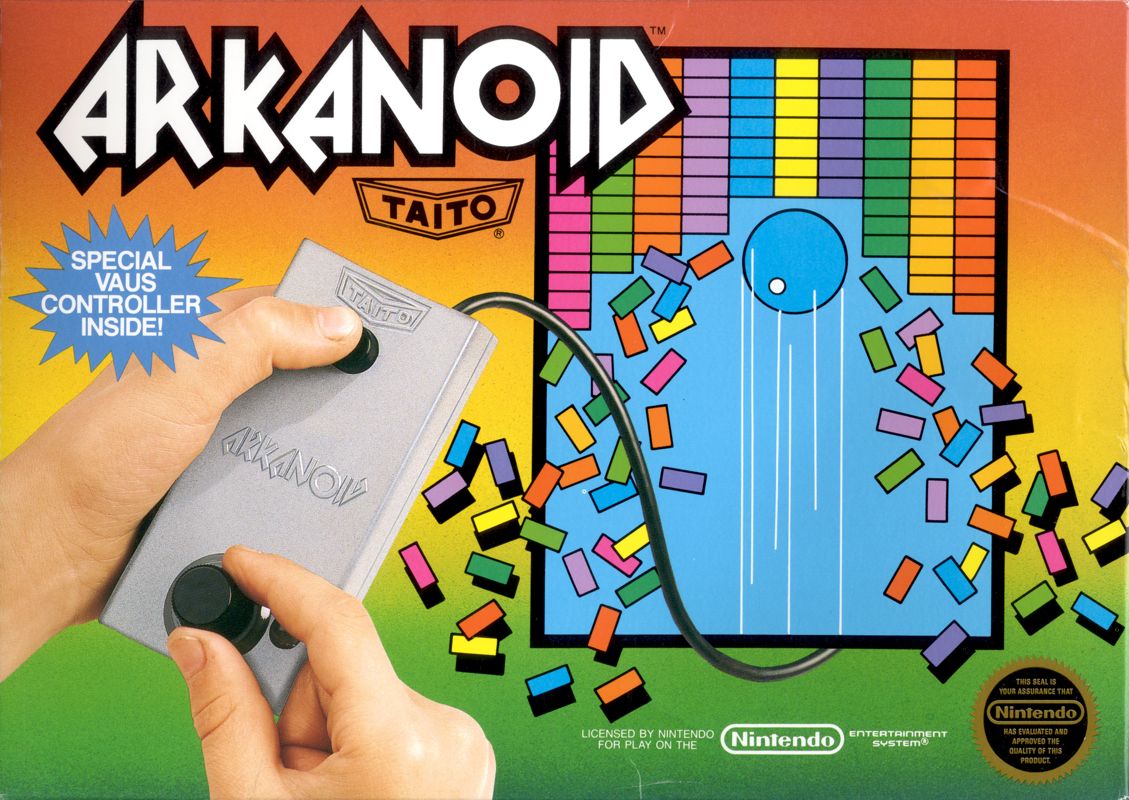
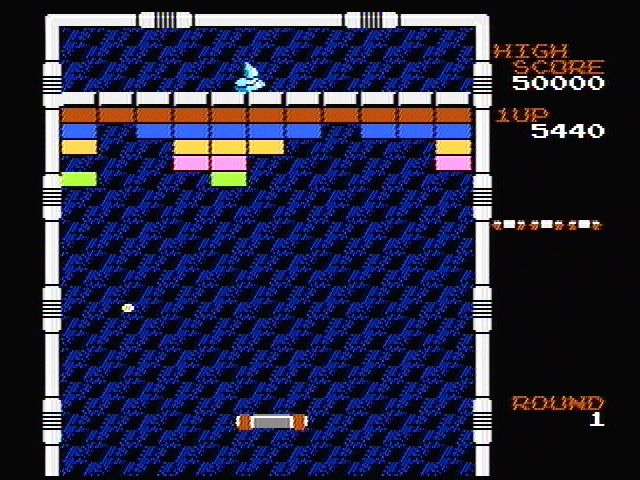
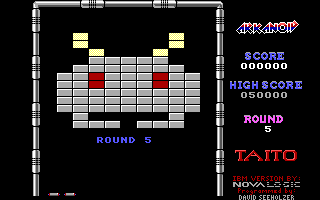
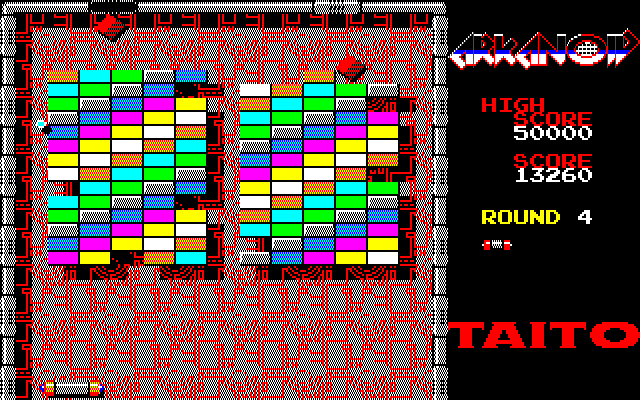
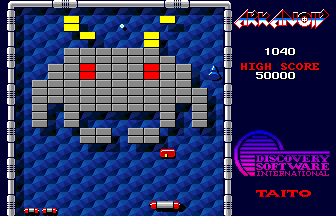
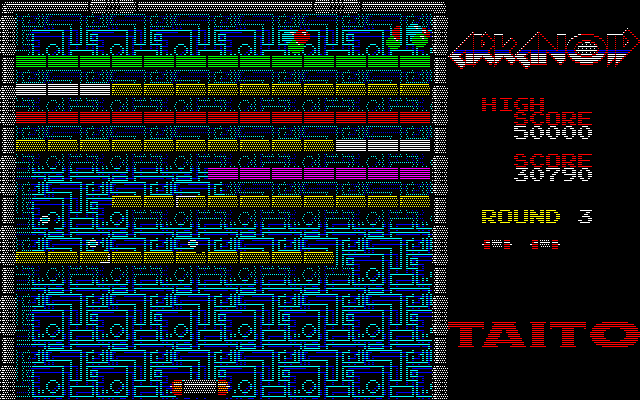



Reviews
There are no reviews yet.